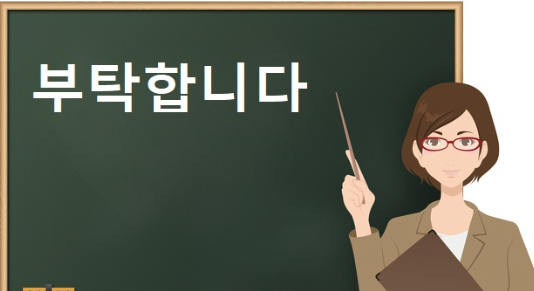What is please in Korean?

“What is ‘Please’ in Korean? Understanding Politeness and Etiquette”
In Korean culture, politeness and respect are highly valued, and using the appropriate expressions to convey politeness is essential in daily interactions. One such expression that holds significant importance is the word for “please.” Let’s delve into what “please” is in Korean, its usage, examples, and pronunciation.
What is “Please” in Korean?

The word for “please” in Korean is “부탁합니다” (butakhamnida). This word encapsulates the notion of making a polite request or expressing a desire politely.
Usage and Examples:
- Requesting a Favor:
- English: Could you please pass me the salt?
- Korean: 소금 좀 주세요. (sogeum jom juseyo)
- Seeking Assistance:
- English: Please help me find this address.
- Korean: 이 주소를 찾는데 도와주세요. (i jusoreul chajneunde dowajuseyo)
- Asking Nicely:
- English: Please wait for a moment.
- Korean: 잠시만 기다려주세요. (jamsiman gidarajuseyo)
- Expressing Polite Intentions:
- English: I’d like a coffee, please.
- Korean: 커피 주세요. (keopi juseyo)
Pronunciation:
In Korean, “부탁합니다” is pronounced as “butakhamnida.” Here’s a breakdown of the pronunciation:
- 부 (bu) – Pronounced as “boo” with a short “oo” sound.
- 탁 (tak) – Pronounced as “tak,” similar to the English word “tack.”
- 합 (ham) – Pronounced as “ham,” with a slight emphasis on the “h” sound.
- 니 (ni) – Pronounced as “ni,” with a short “i” sound.
- 다 (da) – Pronounced as “da,” similar to the English word “da.”
When spoken together, it sounds like “boo-tak-ham-ni-da.”
Conclusion:
Understanding how to use the word “please” in Korean is essential for effective communication and demonstrating respect towards others. Whether you’re making a request, seeking assistance, or expressing polite intentions, incorporating “부탁합니다” into your speech adds a layer of politeness and courtesy to your interactions. Practice using this word in various contexts to enhance your Korean language skills and deepen your understanding of Korean etiquette and culture.

